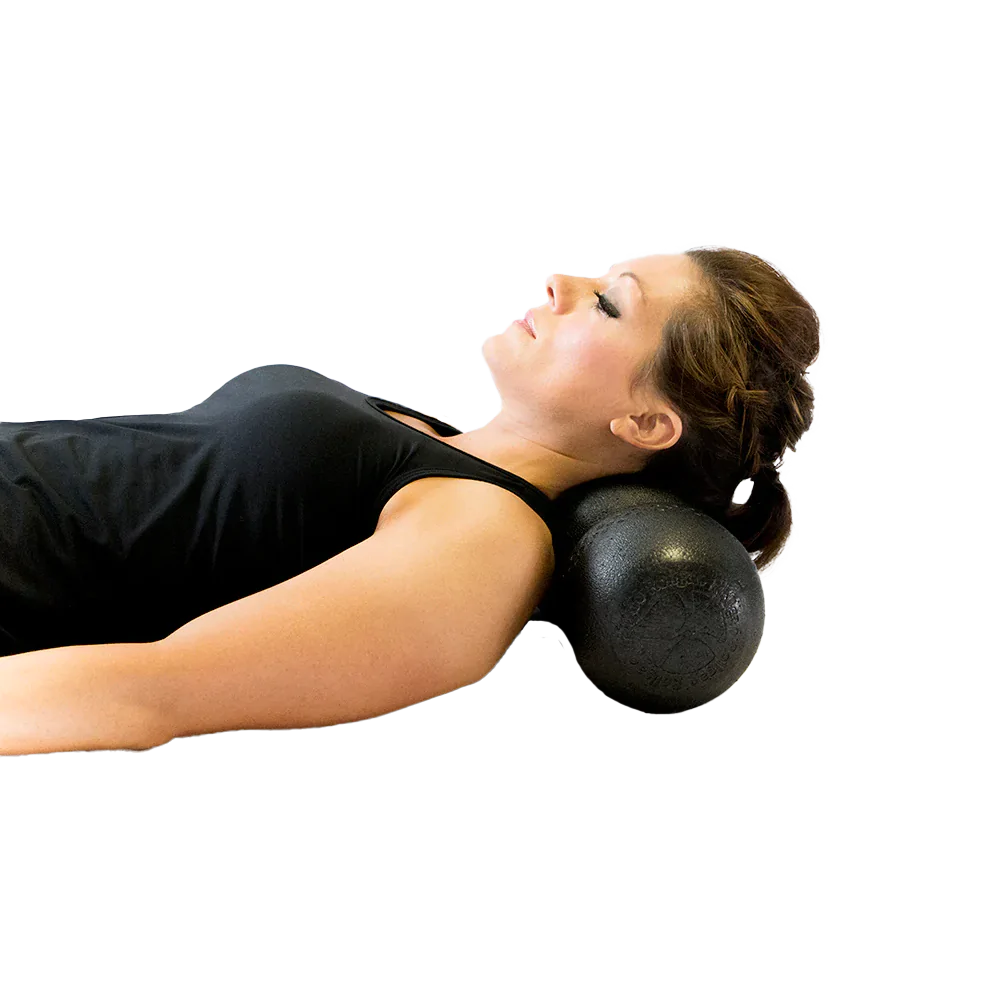
Finding relief from back pain can be challenging. As an athlete, it's important to keep your body healthy and pain-free so that your performance doesn't suffer. If you're looking for something to help with back pain so you can get back to your full potential as an athlete, then foam rollers can be a great option to get relief. When you use a foam roller, you get a deep tissue massage that can help improve your mobility, lessen pain, and promote flexibility.
With all of these benefits, it's no wonder that foam rollers are popular among athletes. We'll go over the specifics of foam rolling–how it's beneficial and the best technique to improve back pain. Plus, we'll recommend our top roller for back pain if you're ready to get started now with foam rolling.
What Is Foam Rolling?
Foam rolling, also known as self-myofascial release, is like a traditional sports tissue massage. During foam rolling, you are able to self-direct pressure to targeted areas. This pressure can reach trigger points and break up knots in your muscles, which will allow blood flow to reach these areas.
Foam rolling can be uncomfortable and can even feel a bit painful as you work out a knot in your muscle. It's important to understand your body and know the difference between pain that can cause injury and pain that means the foam rolling is working. You can always adjust the amount of pressure you're using on your muscles if you feel significant pain.
How Can Foam Rollers Help Athletes with Back Pain?
You may have spotted athletes using foam rollers at your local gym. These rollers are very popular for athletes to use in their warm-ups and cool-downs as they provide a lot of physical benefits. A roller for back pain can be helpful in relieving back soreness when combined with other healing remedies, such as stretching or yoga.
It's important to follow suggested techniques for foam rolling in order to achieve any kind of results. You never want to roll on your spine, but instead, focus on surrounding areas like the glutes and areas near the spine.
Can Anyone Use a Foam Roller?
Foam rolling can be beneficial for both athletes and non-athletes. However, it's always best to talk with your doctor before beginning any self-care program. People with spinal issues should avoid foam rolling, as well as pregnant women and people with rheumatoid arthritis.
Are There Any Risks Associated with Foam Rolling?
Foam rolling should always be practiced correctly to avoid injury. Never roll on your joints, bones, injuries, or open wounds. You should also try to avoid rolling directly on your lower back, as this might put unnecessary strain on your kidneys or liver and lead to injury of these organs.
When looking for the best foam roller for back pain, you should consider how hard you want it to be. If this is the first time your foam rolling or you don't have high muscle density, then the softest foam roller will be the best option for you. However, if you do have high muscle density, then our hardest foam roller will get you the best results.
What Are Some Techniques to Alleviate Back Pain?
There are several different techniques you can try out to relieve your back pain. In general, it's best to use a roller for back pain to target trigger points in the glutes, upper back, hips, and hamstrings, as these areas can all be a source of back pain.
To start rolling, simply pick out the area you'd like to target and lower your body onto the back roller. Roll against the muscle slowly, applying a moderate amount of pressure. You should only roll a muscle for one to three minutes for the best results. Although you may feel some discomfort, especially if you've never used a foam roller before, the process should not give sharp pains or numbness. You should always feel better after using a foam roller, not worse.
If you play contact sports, like football, then it might be helpful to target the upper back. To follow this technique correctly, lie on your back and place the back roller underneath your shoulder blades. Then lift your hips slightly and lean into the roller, moving slowly back and forth.
If you play sports that involve a lot of running—like soccer, basketball, or track—then targeting the hamstrings may be a good move to reduce back pain. When hamstring muscles get too tight, it can lead to pain in the lower back. To get rid of this pain and restore your mobility back to its regular function, sit on the floor with one leg extended and the other slightly bent. Place the athletic foam roller underneath your thigh, just below your glutes. Slowly roll the entire thigh before switching legs.
If you participate in sports that require a wide range of motion and flexibility, like gymnastics, then targeting the Iliotibial band will be helpful. To do this rolling technique, sit on the floor with one leg extended and the other slightly bent. Place the roller under your hamstring. Roll to the side so the roller is outside of the thigh. Then place your left foot in front of the right knee so that you're balancing on your left foot and right elbow. Roll slowly back and forth.
Dealing with back pain can be frustrating when you can't find a successful treatment. As an athlete, you want to be able to perform your best, which is hard to do when you are dealing with pain. A roller for back pain is an affordable way to target tight muscles that can lead to pain problems. If you're looking for the best foam roller for back pain, take a look at our athletic foam roller, which comes in a few different varieties. Our experts can help you find the roller that works best for you.
